Explore our wide range of specialized procedures. At Northwest Eyelid, we’re dedicated to improving your vision and appearance with customized, advanced surgical treatments. Let’s journey towards better eye health together.
Explore Blepharoplasty, a cosmetic procedure designed to rejuvenate your eyes by correcting sagging or droopy eyelids. Experience a youthful, refreshed look and enhanced vision.
Dive into the intricacies of Orbital Surgery that targets various conditions affecting your eye socket. Experience the combination of our extensive expertise and state-of-the-art technology for improved eye health and aesthetics.
Discover Ptosis Repair, a solution for drooping eyelids that can interfere with your vision and facial appearance. Allow our skilled team to restore your eyelid’s natural position for improved vision and aesthetics.
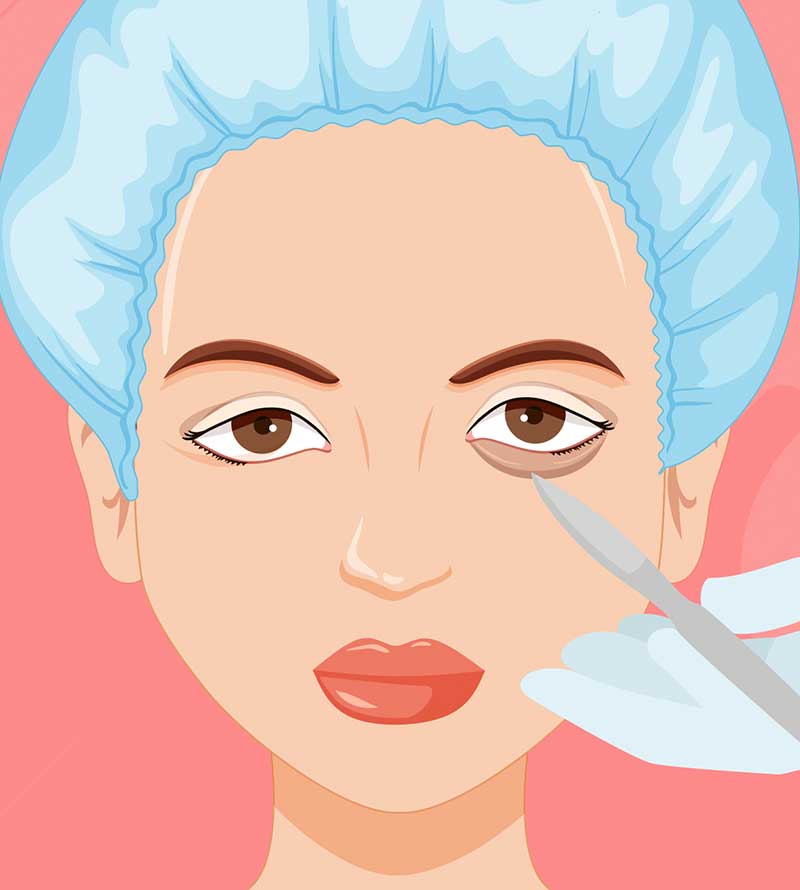
Learn about Entropion Repair, a procedure that effectively treats discomfort and potential eye damage caused by inward-turning eyelashes. We aim to restore your eyelid’s natural alignment to protect your eye health.
Explore Ectropion Repair, designed to correct the issue of your eyelid turning outwards, causing discomfort and potential complications. We’re committed to returning your eyelid to its natural alignment to improve your eye health and comfort.
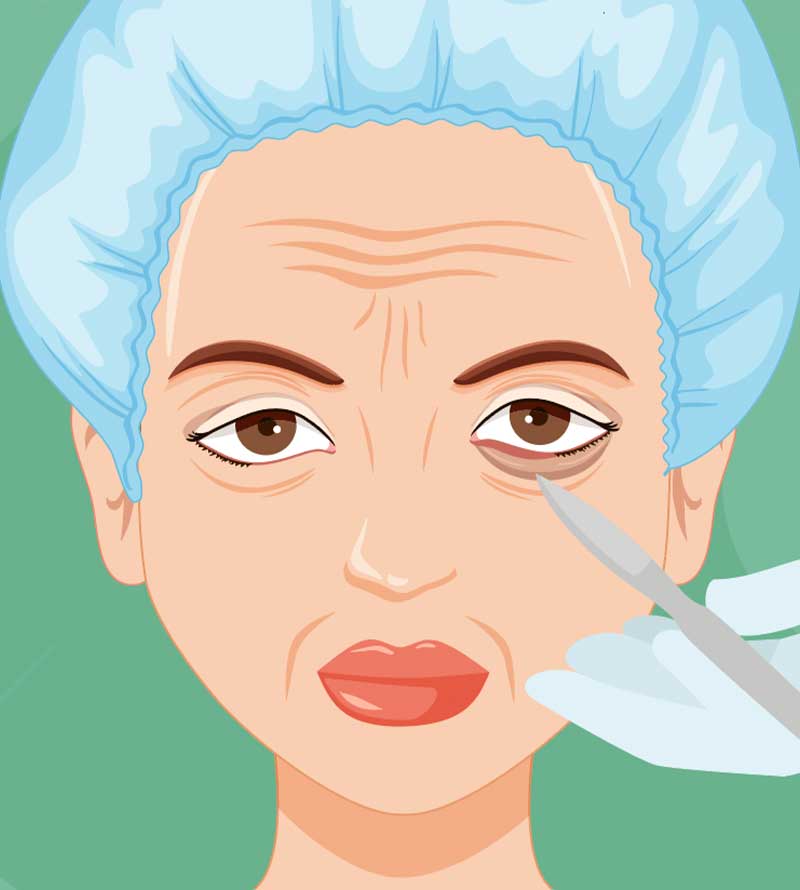
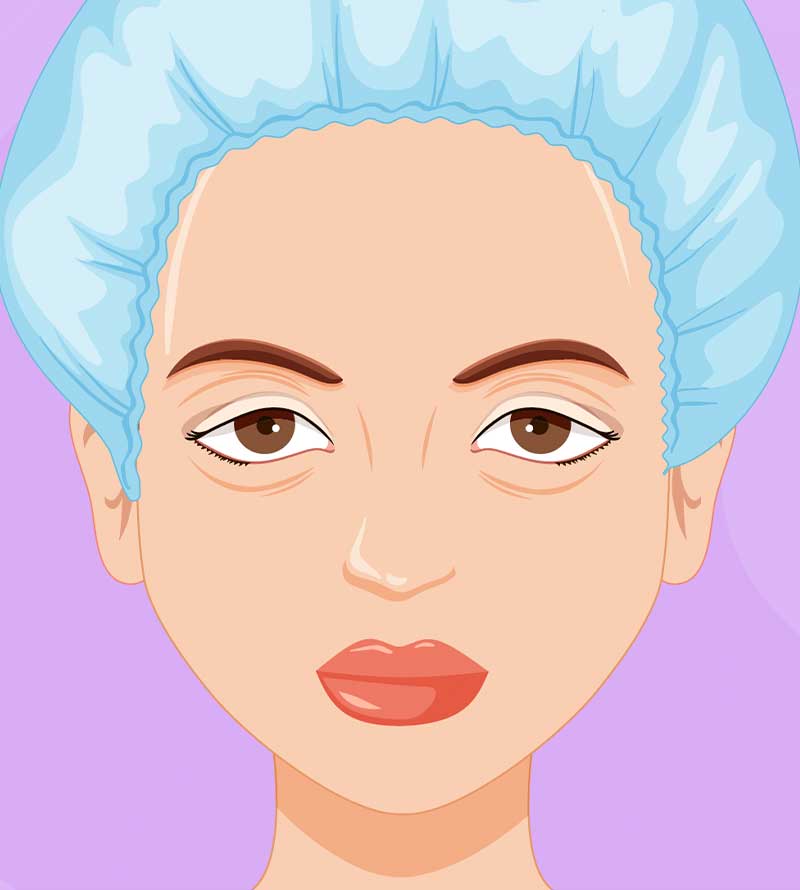
Uncover Lid Retraction Repair, a targeted procedure to correct eyelids sitting too high or too low. Our dedicated team strives to restore your eyelid’s natural positioning to enhance your vision and eye aesthetics.
Dive into our unique approach for handling Thyroid Eye Disease, an autoimmune condition often linked with thyroid disorders. Our personalized, comprehensive treatment approach aims to manage symptoms and improve your eye health.
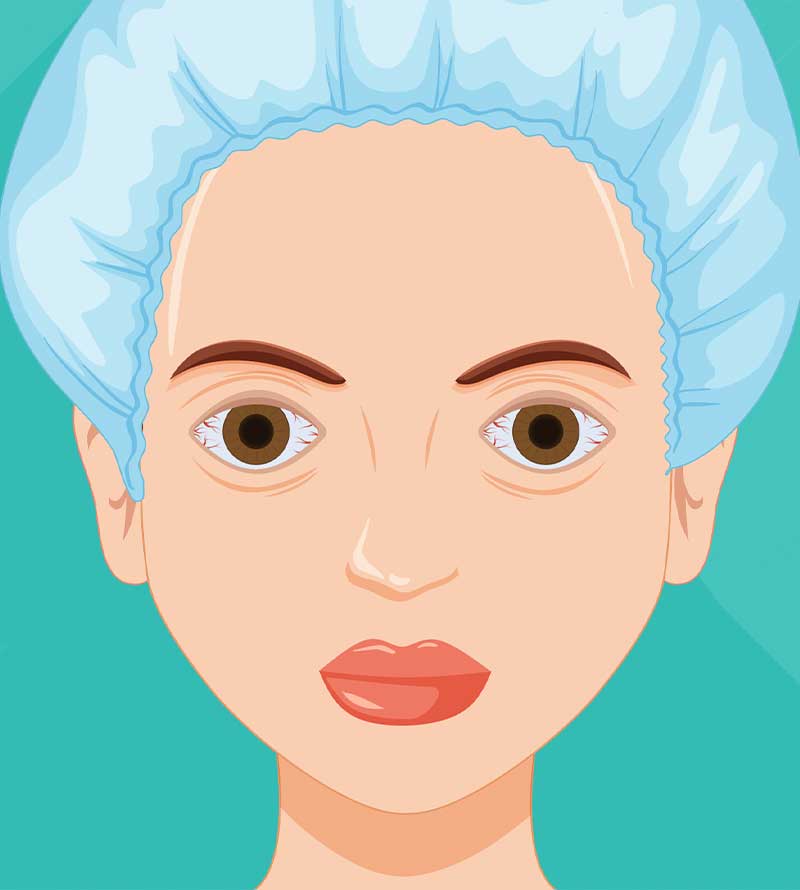
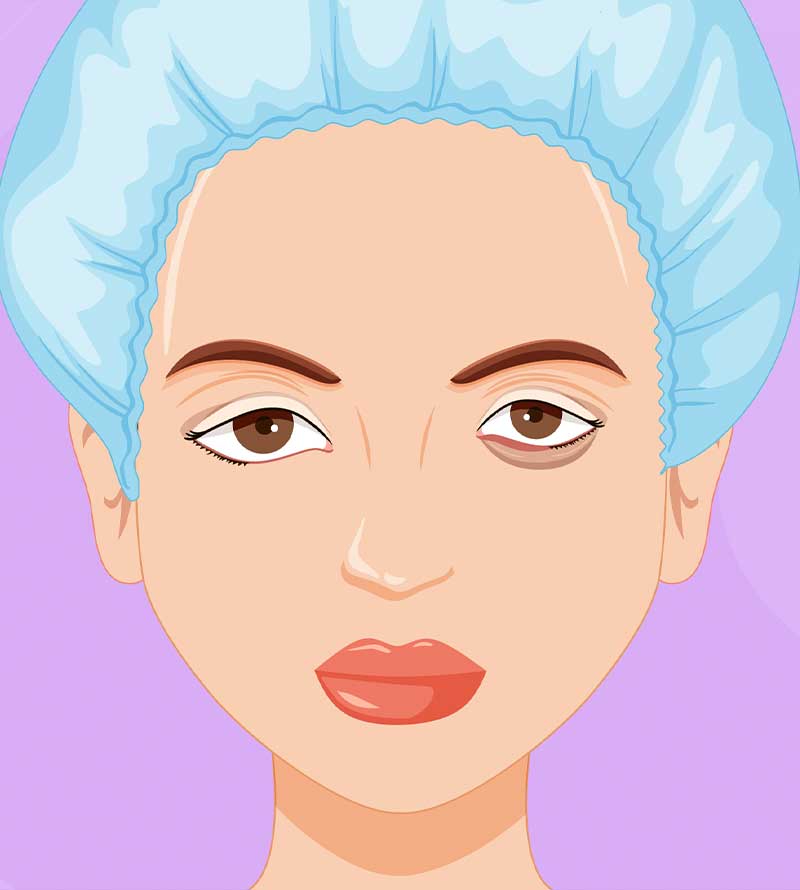
Discover Orbital Fracture Repair, a procedure that corrects fractures in the delicate bones of the eye socket. We aim to alleviate symptoms and restore the natural structure and function of the eye.
Learn about Skin Cancer Surgery Repair, a crucial procedure focused on removing skin cancer and restoring the treated area. Our advanced surgical techniques prioritize your health, functionality, and aesthetics.

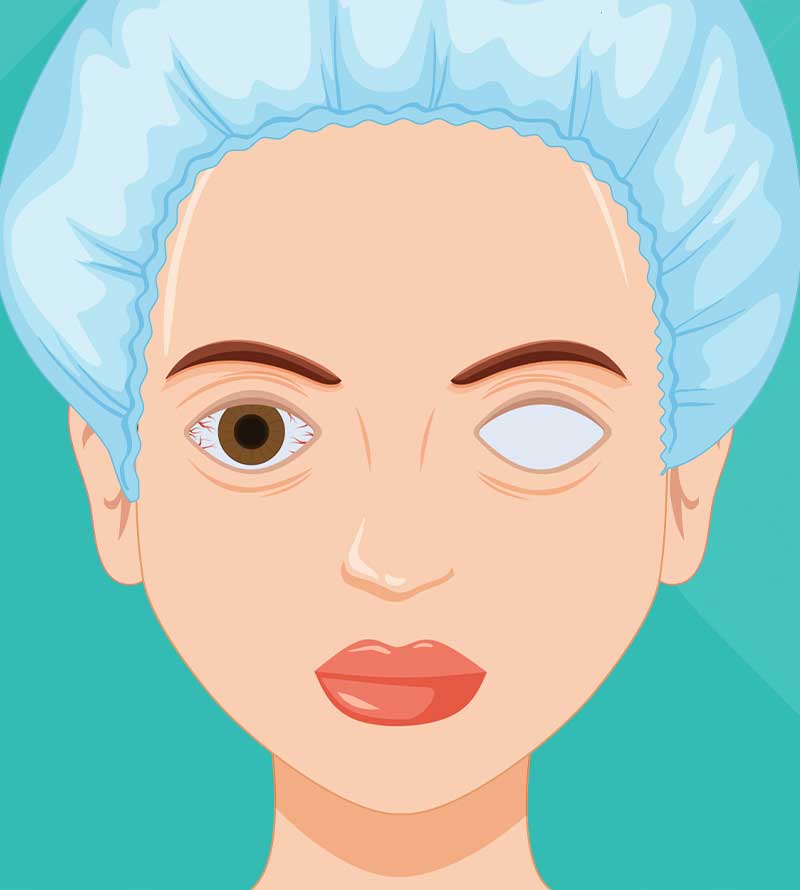
Explore Evisceration / Enucleation, procedures involving the removal of a diseased or damaged eye. Our compassionate team provides meticulous care to ensure your healing and recovery.


-A

-K


-A

-K
626 S. Sheridan St. Spokane, WA 99202
Pullman Clinic
825 SE Bishop Blvd Suite 140 Pullman, WA 99163
475 Bradley Blvd Richland, WA 99352
8127 W Grandridge Blvd #110 Kennewick, WA 99336
1321 Aaron Drive Richland, WA 99352
Copyright ©2023 Northwest Eyelid | Powered by WYND